
ALL HAIL THE CARROT
01/15/16 — Farm
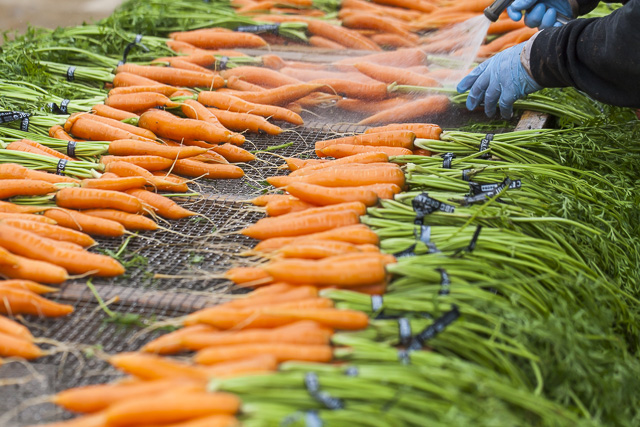
You like them. Your kids like them. Your farmers love em. We're eating carrots like they're going out of style at the farm these days, so this week on the blog, we wanted to shed a light on one of our favorite crops, Daucus carota. This crisp and crunchy taproot has a lot more to it than meets the eye (they're also great for your eyes), so read up, eat up, and enjoy!
Carrots: A Brief History
Wild ancestors of our modern-day carrots have been around for nearly 5,000 years. These carroty roots were woodier, bitter, and thinner than what we grow today, and grew wild in modern-day Afghanistan. And that bright orange root we're used to? Think again - the original carrots came in a variety of colors - purple and yellow were prominent, but black, red and white carrots were also consumed. You read that correct - no orange at all! As early farmers bred these plants for plumper and tastier roots, seeds were also traded to other growing civilizations - images of purple carrots adorn the tombs of some ancient Egyptian pharaohs!
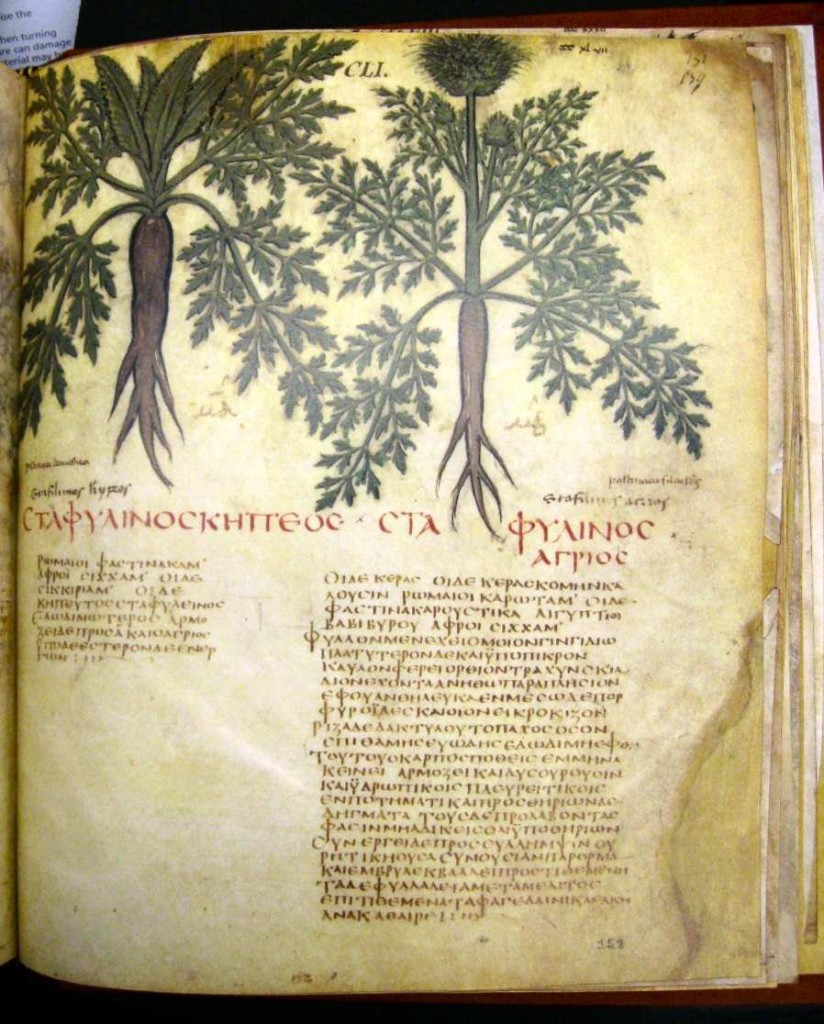 7th century depiction. Courtesy of the World Carrot Museum
7th century depiction. Courtesy of the World Carrot Museum
Carrots reached Europe by the 13th century, and were often prescribed as a medicinal plant, used as an aphrodisiac and for numerous ailments, including animal bites. By this time, the cultivated carrots were most often red, yellow, and purple, and closer in shape and size to the carrots we are familiar with today. The first appearance of an orange carrot was in the Netherlands in the 16th century, around the time that William of Orange led the Dutch revolt against the Spanish empire. Dutch carrot farmers had bred a hybrid of the carrot with a bright orange color due to high levels of beta-carotene, and with the formation of a new Dutch empire, the variety became wildly popular and widely grown in honor of the House of Orange (or so they say). Bet you never guessed your favorite veggie had a political agenda, did you?
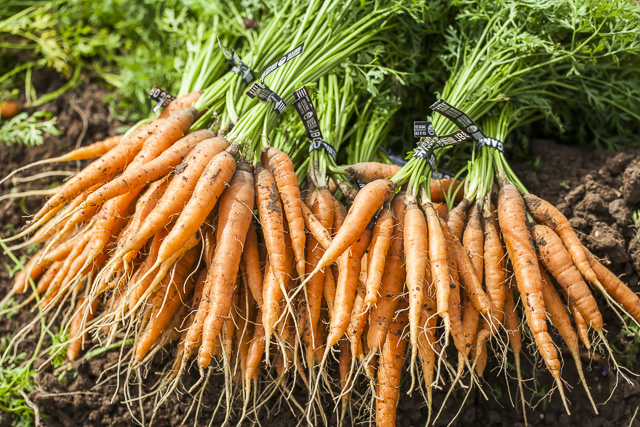
Why are they so important?
Aside from their beauty and great taste, carrots have a lot to offer to growers and consumers. They are quite the nutritional powerhouse - just 100g of carrots (or, 2 large carrots) contains over 100% of your daily vitamin A and is also a good source of vitamins K and B6 in only about 40 Calories! The carotenoids in carrots are potent antioxidants, helping your body fight damage on a cellular level.
From a farmers perspective, carrots are a wonderful crop. They thrive in cooler temperatures, are fairly resistant to pests and disease, and are a great storage crop. Farmers and homesteaders have relied on the storage life of carrots for hundreds of years, especially in colder climates, to keep their families fed during the cold months. Frosts increase the sugar content of carrots, which means that right now in Texas is one of the best times to be eating these tasty treats!
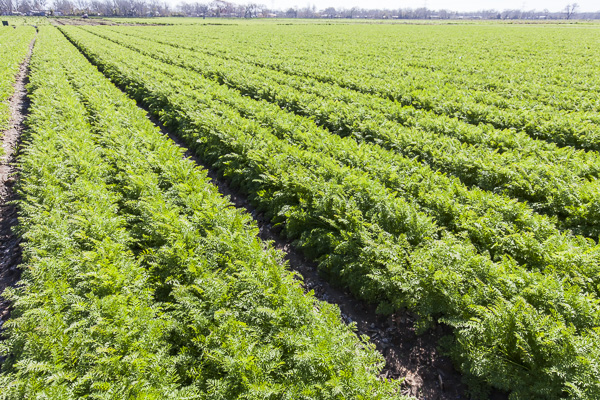
Fun facts:
- The Indo-European root ker- refers to the similarities in shape between a carrot and a horn (the originals were white, remember?)
- Carrots and parsnips were often called by the same name - the first record of a parnsip wasn't until 1753
- Mel Blanc, the voice of cartoon character Bugs Bunny, reportedly did not like carrots.
- Think "baby carrots" are just a fun mini variety? Think again.
JBG Carrots Around Town:
We've got two exciting carroty projects in Austin coming up. Our friends at Tacodeli have a very special taco release coming up this Tuesday. We can't talk details, but there might be a rainbow of a special root veggie in there. Stay tuned!
JBG's carrots are also going to be feeding Austin ISD students this semester. Today, students at Brooke Elementary will be eating locally grown, organic carrots on their salad bar. We hope to tune you in to future AISD features and want to thank them again for supporting their local farmers!
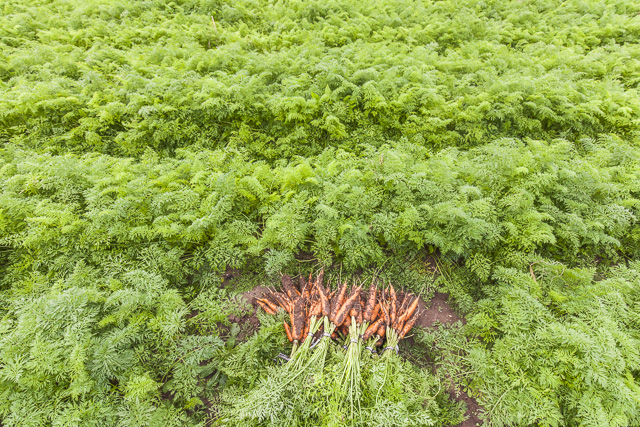
Things to Do with your Carrots:
- Roasted Honey Rosemary Carrots
- Carrot Black Bean Tacos with Carrot Top Chimichurri
- A Simple Carrot Soup
- Carrot, Sweet Potato, Almond Cookies
- Carrot Tangerine Turmeric Juice
...and things not to do with your carrots:
We don't recommend using your carrots to smuggle drugs. Creative, maybe, but what a waste of a good crop of carrots!
Now that we've told you what we have to say, it's your turn! What do you love about carrots, and what's your favorite way to eat them at home! Leave us a comment below!
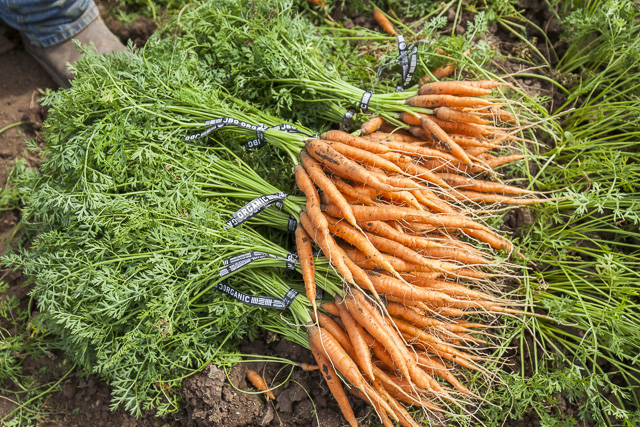






 0 ITEMS IN CART
0 ITEMS IN CART 

